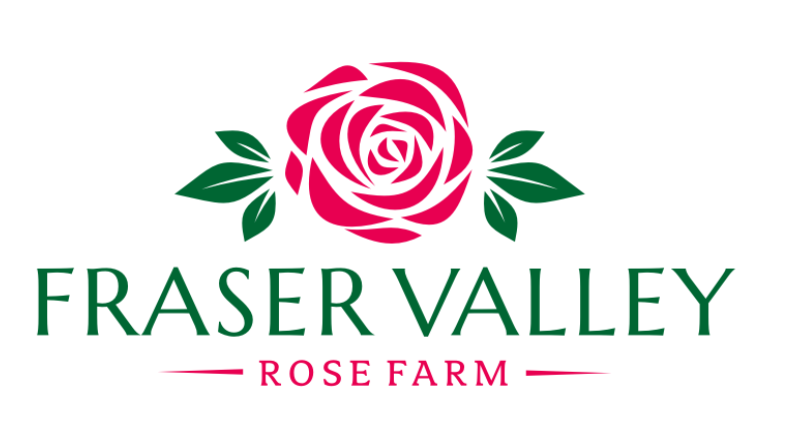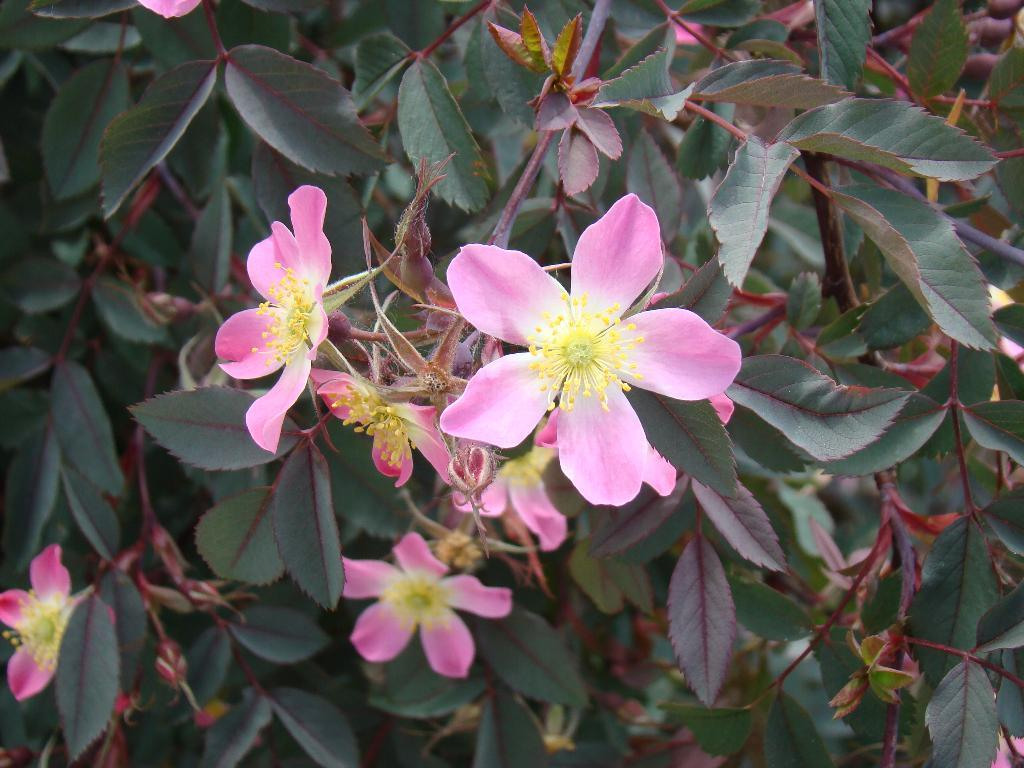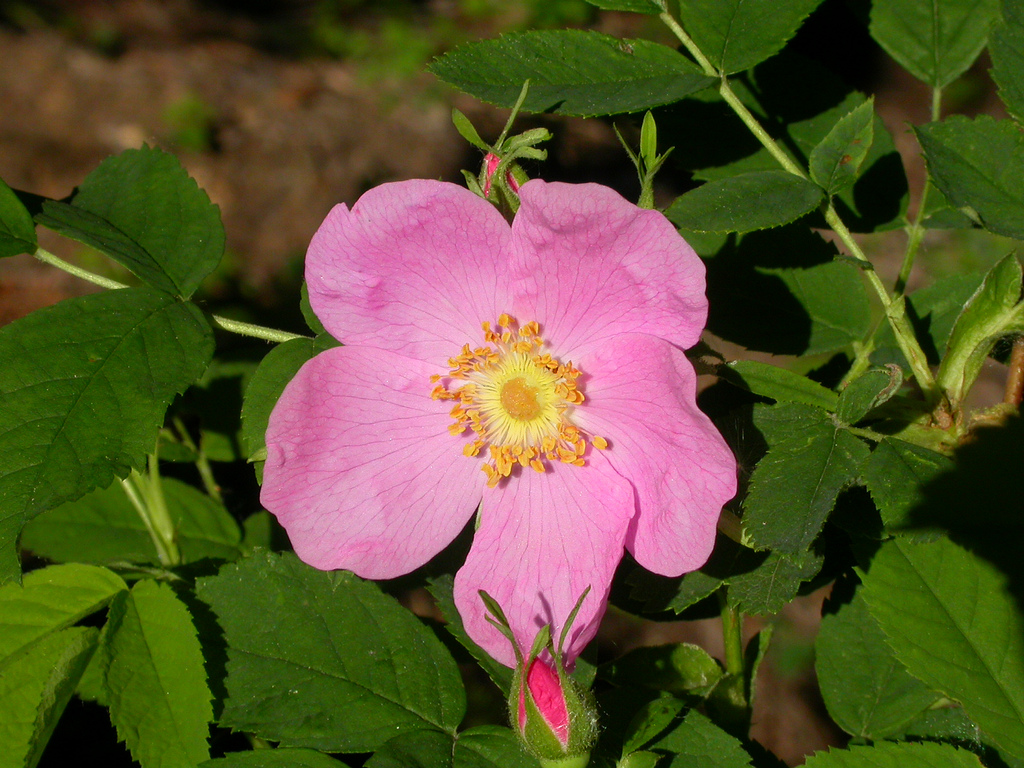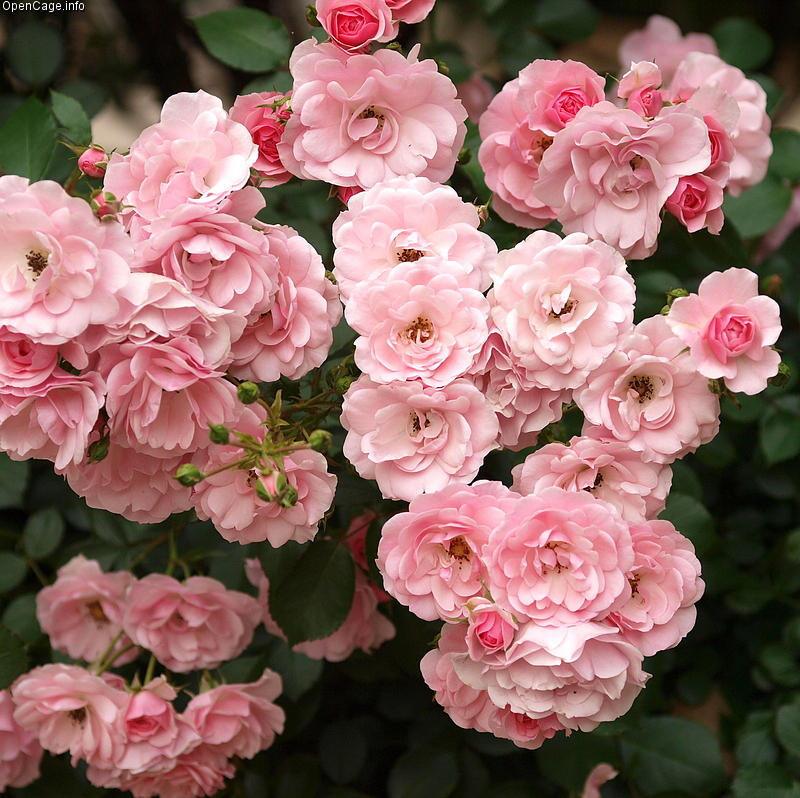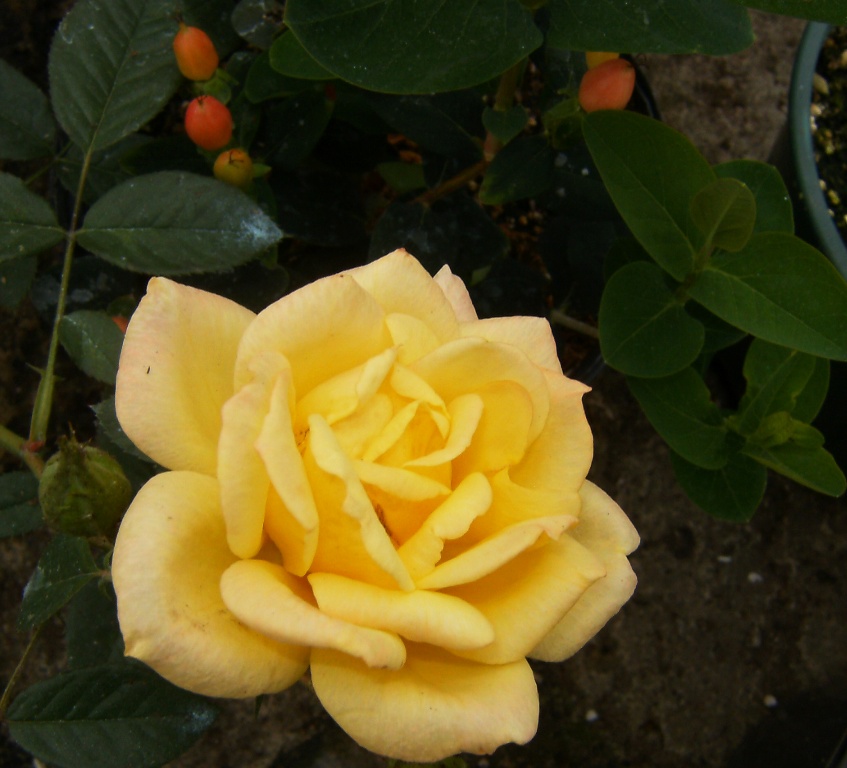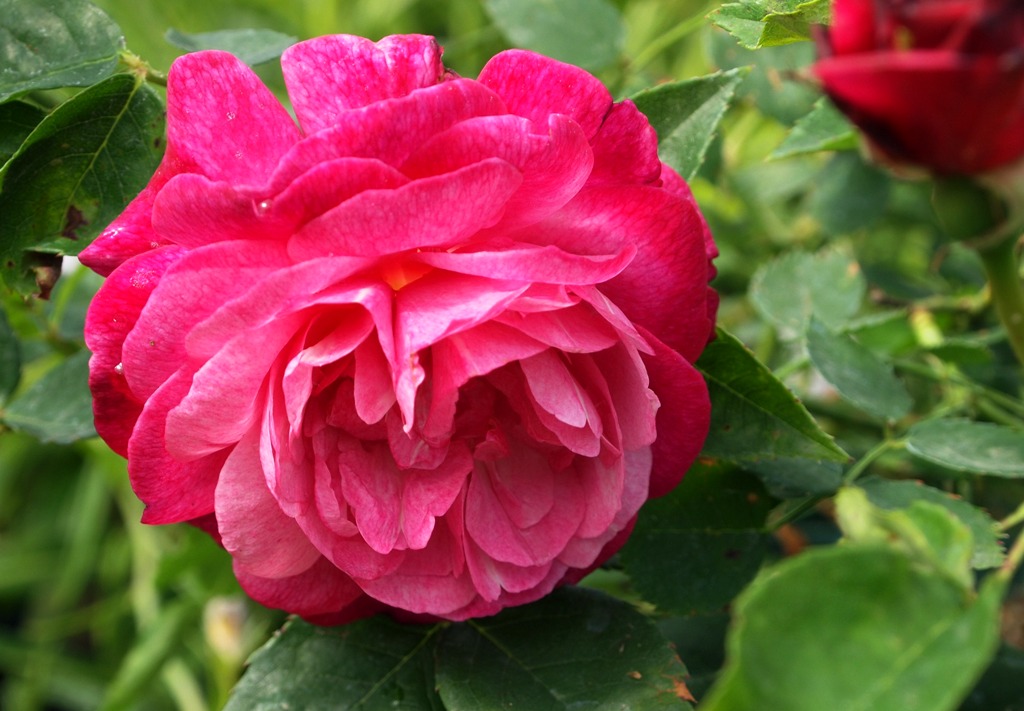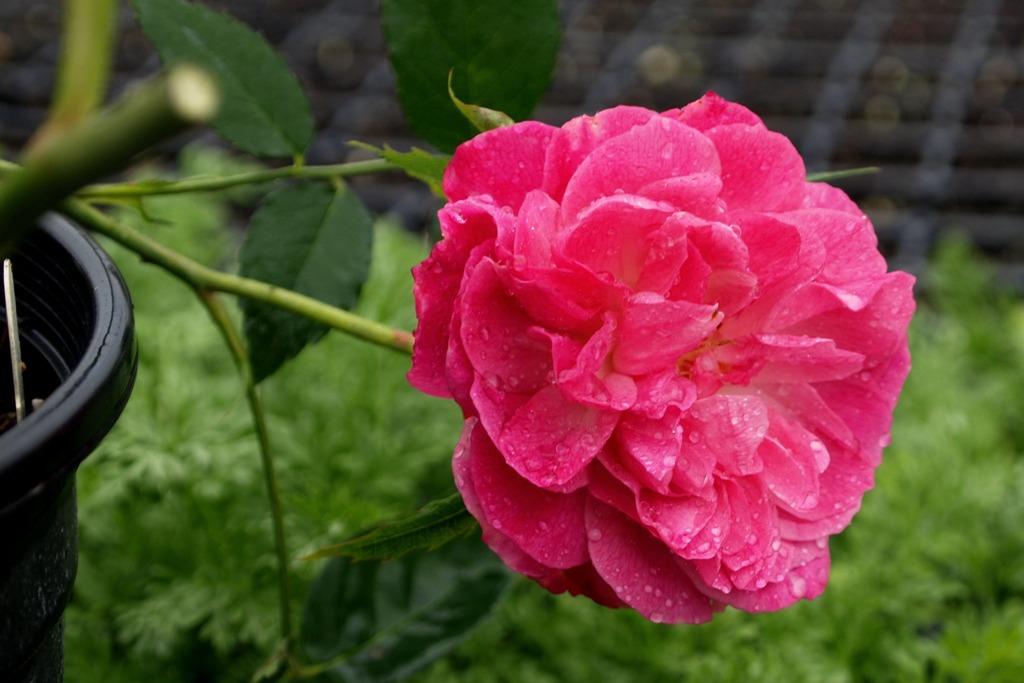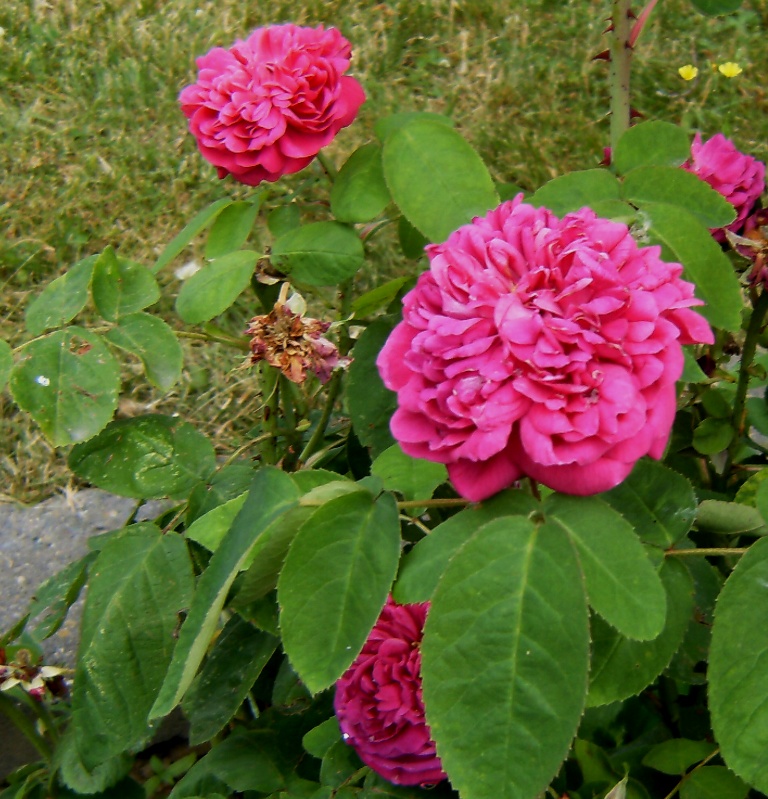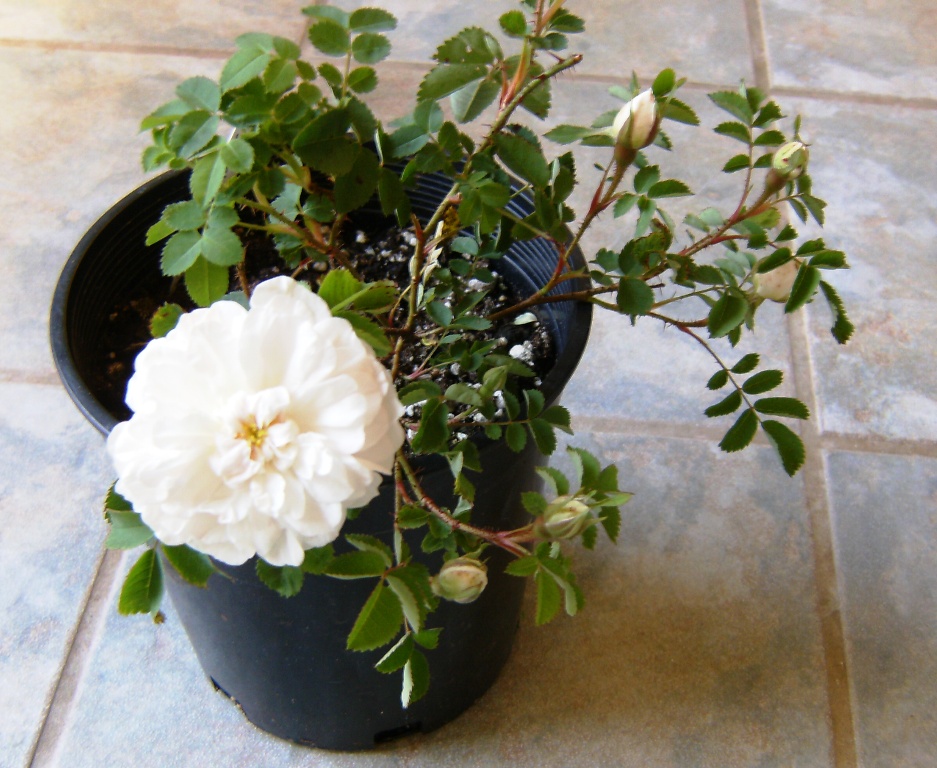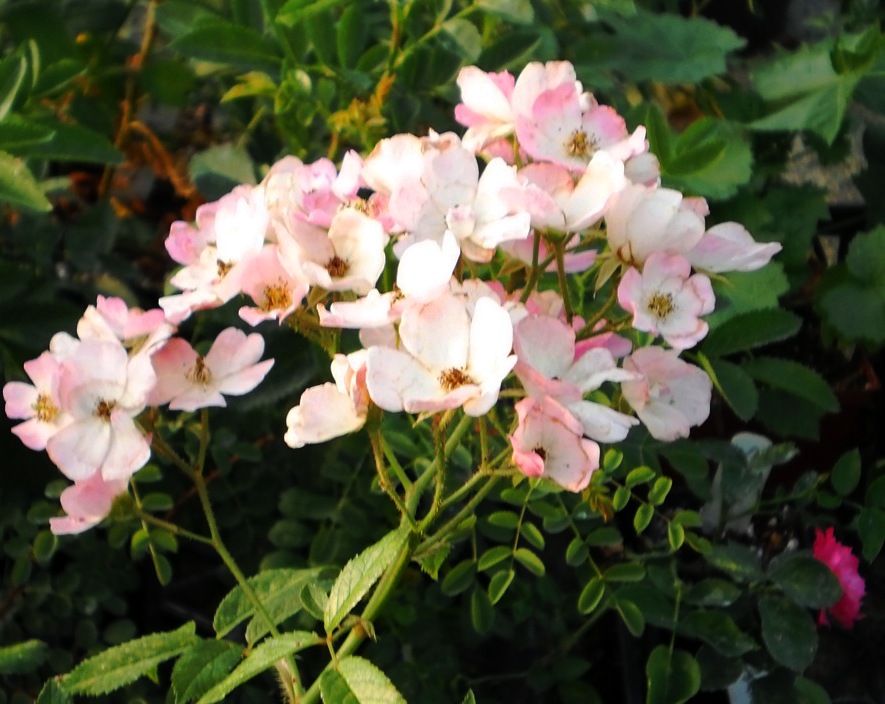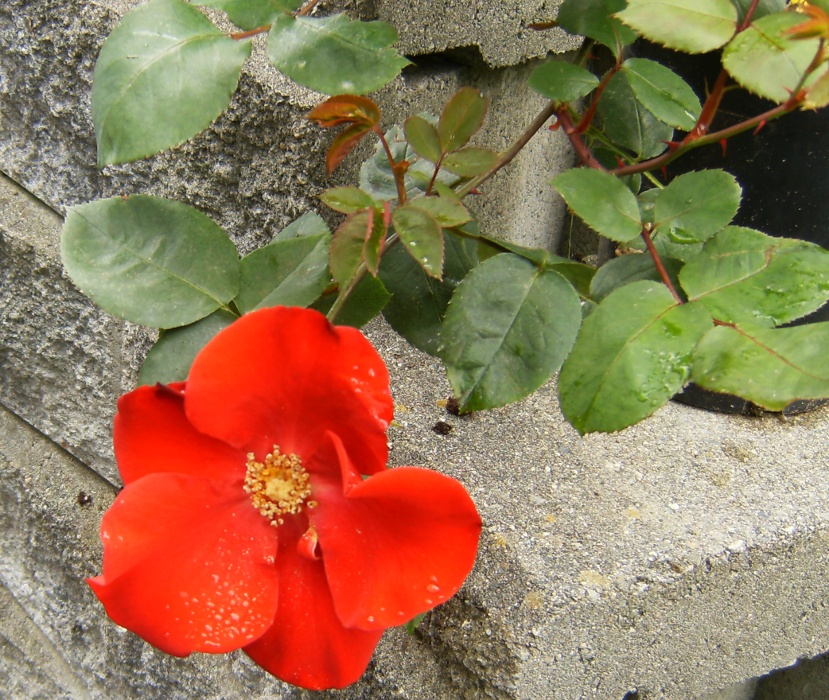How old is old enough to be called an “Old Garden Rose”? As old as Canada. Yep. Any class of roses defined before 1867 is considered an old garden rose. Why 1867? It didn’t have anything much to do with Canada. Canada’s largest contributions to rose breeding came much later. It had more to do with France. Or, at least, with the rose ‘La France’, which was the first hybrid tea – the first modern rose.
But let’s get to the guts of it. Why should anyone care about the difference between a modern rose and an old garden rose? The line is completely arbitrary, when you think about it. But somehow, the label stuck. So now, every class of rose defined after 1867 is modern, and any rose belonging to an older class (even if the rose is quite new) is an old garden rose.
Some common characteristics of old garden roses:
- For the most part, they are tough enough to face cold temperatures. This applies to albas, gallicas, centifolias, damasks, but not quite so much to the chinas and the china crosses (such as bourbons and noisettes).
- Many of the old European varieties (again, the albas, gallicas, centifolias, damasks) are strongly scented. Chinas tend to lack scent, but some of the intermediate classes are fragrant.
- Most of these shrubs are strong enough to grow on their own roots. I view this to be a good thing, however, some of the best rose gardens in the world choose to grow them grafted instead. That’s because some of these roses, notably gallicas, will naturally sucker and form thickets instead of tidy shrubs.
- Like the species roses, many of the old garden roses will bloom once, often in great abundance, and then set to work on developing hips and hardening off for winter.
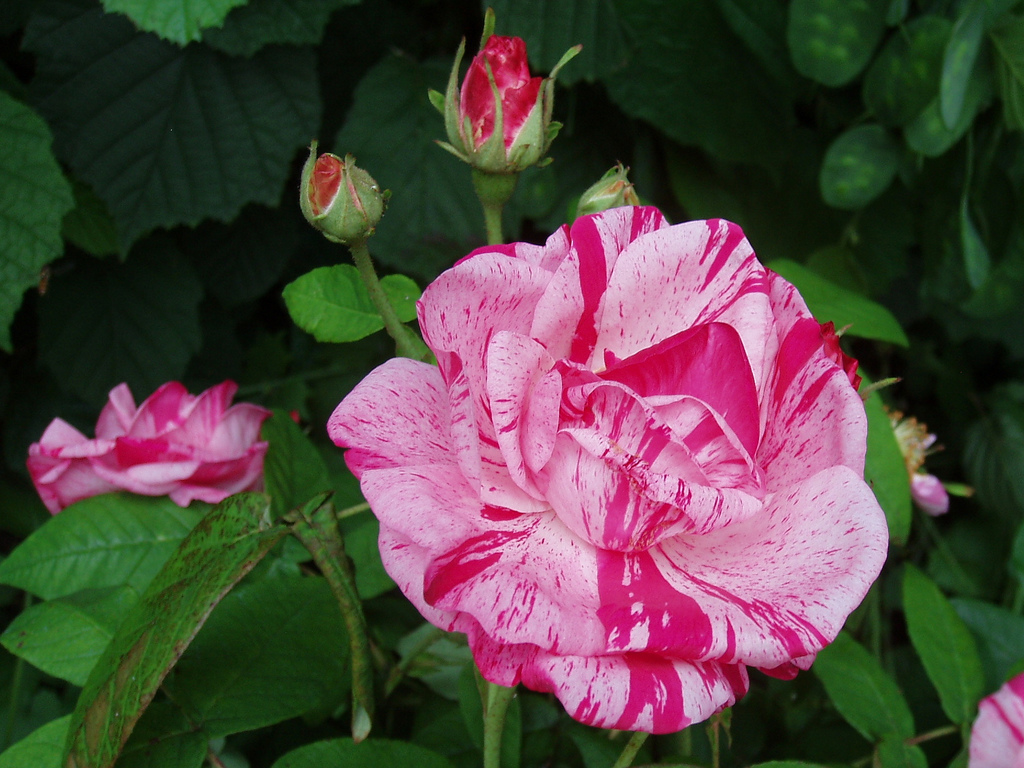 Pictured here is Rosa mundi (aka Rosa gallica var. veriscolor) which blooms profusely, with these amazing pink-splashed-with-pink fragrant blooms in early summer.
Pictured here is Rosa mundi (aka Rosa gallica var. veriscolor) which blooms profusely, with these amazing pink-splashed-with-pink fragrant blooms in early summer. - This may sound a little obvious, but old garden roses are, well… old. Aside from newly bred roses in old classes, most any old garden rose is now closing in on 150 years of growing in gardens. Many are much, much older. This means that their worthiness in the garden has been tested, and the fact that they are still grown means that they’ve passed. Now look at that shiny new rose in the catalog this year. Yes, the marketing guys can write quite a description, and it takes a nice photo, but let’s talk again in 400 years to see if it really passed the test.
- Think pink, darker pink, almost red, purplish-pink, and white. There are exceptions, but pink and white are the basic palette of the old garden roses. Also, the bloom is often many-petaled, and globular, cupped or quartered in form. Here:
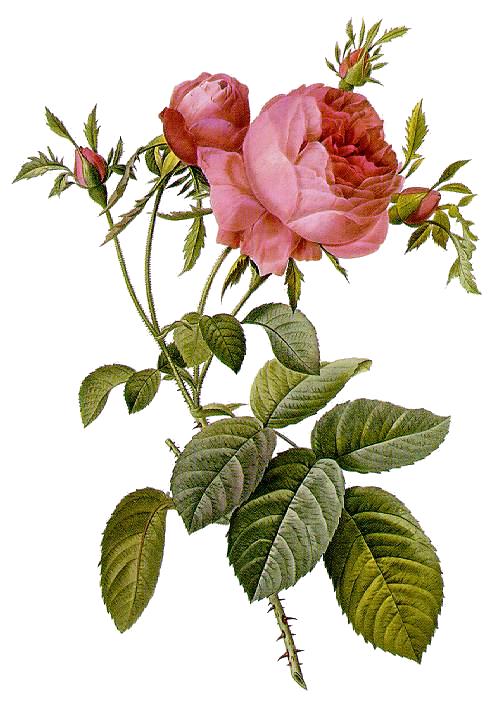
- Aside from the hybrid perpetuals, the old garden roses would seem out of place as bedding plants. My personal opinion is that modern roses look a bit weird in a dedicated bed as well, but at least they’re bred for it. Old garden roses are for the most part too large or too “shrubby” to be forced into that mold.
A word on disease resistance. I’ve read in a few places that old garden roses are less prone to disease. As big a fan as I am of old garden roses, I can’t completely agree. Maybe there are some modern roses that have serious susceptibility problems, but old garden roses are far from immune to blackspot and powdery mildew in my garden and greenhouses. I know a couple of hybrid perpetuals that mildew like crazy, and blackspot has nearly defoliated Zephirine Drouhin every year. There are also some very tough old garden roses that seem bulletproof to these fungal diseases. It’s hit and miss. What I can say is that they all seem to tolerate their problems well, and once well-established, a little bit of leaf spot doesn’t slow them down much.
If only for the sake of interest, anyone who grows roses should try an old garden rose or three. And for those who are just getting into gardening, or just considering their first rose to plant, don’t be so quick to choose a “bargain” bagged or bucketed modern roses at one of the big box stores. Roses have an amazing history in gardens. Consider choosing a something with a bit of a story to tell.
